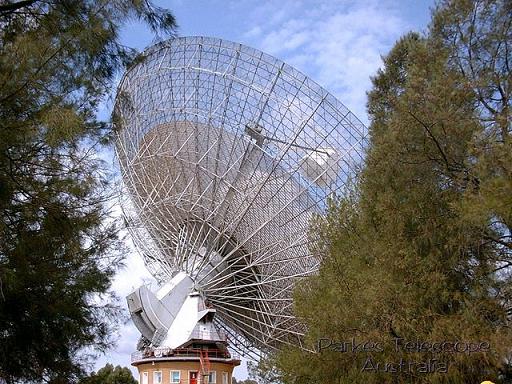How is the Laser Interferometer Gravitational-Wave Observatory laid out?
VIDEO: 5:26
Founded in 1967, the feasibility of an experiment to detect a gravitational ripple in space/time, realizing Einstein’s theoretical construct, was much debated. Ultimately, funding was obtained through the National Science Foundation. It was known that the precision that was required would require development of new techniques and instruments, and would involve scientists around the world.
Ultimately, the LIGO Scientific Collaboration was organized. By 1997, the LSC was receiving input from a scientific community including institutions from 15 countries, and by 2015 it included the Virgo Collaboration, which operates a detector in Italy, and the GEO600 detector team in Germany.
The pinnacle of success was achieved on September 14, 2015, when a gravitational wave was heard. Scientists in this video comment on the immense significance of this “human endeaver that everyone in the world could be proud of.”
If you’re wondering why gravitational waves are audible, visit the next page.

